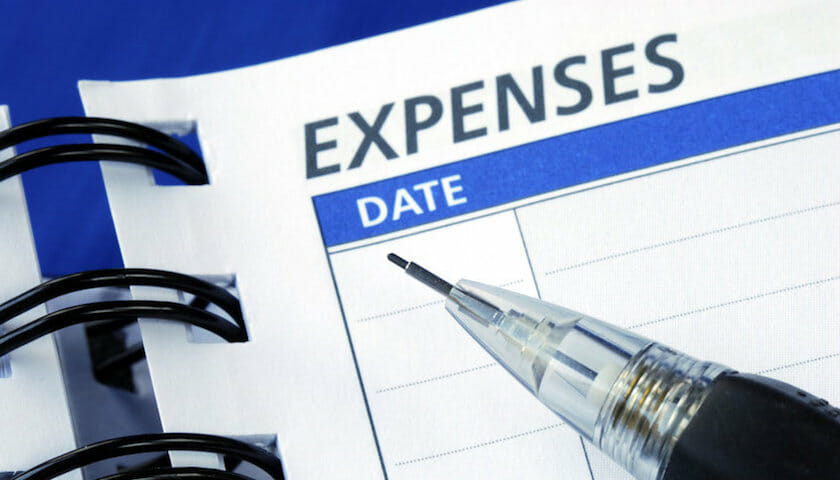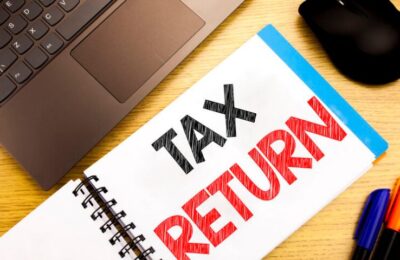If you’re self-employed, keeping on top of your admin and paperwork can be a challenge at the best of times. Keeping track of your expenses, in particular, can eat up hours of your time. Luckily, for some expenditure, HMRC offers various schemes of simplified expenses for self-employed people. We take a quick look at what they are, what you can claim via your tax return, and whether they make financial sense for you.
What are simplified expenses?
Simplified expenses allow you to claim a flat rate for certain business costs. This means you don’t have to go to the trouble of calculating your exact costs in these areas.
HMRC will accept simplified expenses for three areas of expenditure:
- Vehicles
- Working from home
- Living at your business premises
To claim simplified expenses for self-employed people, you must either be a sole trader or in a business partnership (provided that no companies are partners).
Simplified vehicle expenses
If you use simplified expenses to claim vehicle costs, it means you don’t have to go to the trouble of totting up costs like insurance, repairs, servicing, breakdown cover and fuel. Instead, you claim a flat rate per mile driven – so you just need to keep a tally of the distances you’ve driven for work-related purposes.
You can use this method of claiming vehicle expenses if you use a car (except those designed for commercial use, such as a taxi or a dual-control driving instructor’s car). You can also claim for goods vehicles like vans, as well as motorcycles.
However, if you have claimed capital allowances for a vehicle, or you’ve included it as an expense when working out your business profits, you can’t use the simplified expenses system.
So how much is the flat rate? It depends on the type of vehicle you’re claiming for:
Cars & goods vehicles (first 10,000 miles) 45p per mile
Cars & goods vehicles (after 10,000 miles) 25p per mile
Motorcycles 24p per mile
For example, if you drive 15,000 miles in a car, you can claim 10,000 miles at 45p (£4,500) and 5,000 miles at 25p (£1,250), making a total of £5,750.
It’s also worth remembering that you can claim parking costs as an extra.
Working from home expenses
The big advantage of claiming simplified working from home expenses is that you don’t have to work out the exact proportions of personal and business use for your home. To give an example, you won’t have to calculate exactly how much of your utility bills you can claim as an expense.
If you claim the simplified expenses, the flat rate depends on the number of hours you work from home in a month.
25 to 50 hours £10 per month
51 to 100 hours £18 per month
101+ hours £26 per month
If you work different numbers of hours in different months, you should claim the correct rate for each month. In other words, you shouldn’t claim based on the average monthly hours you work from home.
One thing to note is that the flat rate doesn’t include phone or internet bills. You’ll need to claim for these separately by calculating your actual business costs.
Expenses for living at your business premises
These expenses apply to the relatively small number of people who live at their business premises. The most common example would be people who live at their own guest house or bed & breakfast.
Once again, the flat rate means you don’t have to calculate the exact split in personal and business expenditure for your premises.
However, with this scheme, you subtract a flat rate from your business premises expenses, depending on how many people live there. These figures are:
1 person Subtract £350 per month
2 people Subtract £500 per month
3 people Subtract £650 per month
So, if you and your partner are the only people living at the premises, you subtract £6,000 from your business premises expenses. For example, if the overall expenses are £18,000, you can claim back £12,000.
Again, you need to claim based on the number of people living at your premises in any given month. For instance, if you have a child at university who stays with you during the summer holidays, you’ll need to adjust your claim for the relevant months.
Are simplified expenses for self-employed people worth it?
It really depends on your circumstances. If you do go to the trouble of calculating your exact business expenses, you can then compare those figures with a flat-rate calculation. However, that increases your admin rather than cutting it.
If you have a general idea how much your actual business expenses are, you can do a more ‘rough-and-ready’ calculation. HMRC even has a simplified business expenses checker that lets you compare actual versus simplified expenses.
In the end, whether you choose simplified expenses will depend on whether you want a better return, to spend less time on admin – or both! As always, if you’re a THP client and would like any advice, please do get in touch with your account manager.
About Karen Jones
Having worked for one of the world’s largest accountancy firms, Karen Jones uses her tax knowledge and skills to help clients obtain substantial reductions to their tax liabilities.
With an expanding portfolio of tax clients, Karen enjoys the variety her work brings her and particularly likes working with new businesses and people. With a growing number of tax clients, she frequently faces a variety of challenges and relishes the experience she gains as she solves them.
Karen likes the THP ethos: “I like the way the team has a professional, but friendly and down-to-earth approach – it creates a productive atmosphere that benefits everyone.”
Karen’s specialist skills:
- Personal Taxation
- Tax Efficient Planning
- Trust Administration












